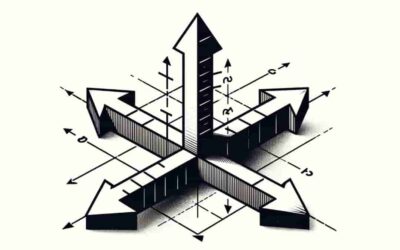You drive a car on a straight road at a constant speed of 70 km/h for a distance of 8.4 km, after which the car runs out of fuel. You then walk a further distance of 2 km for 30 minutes to reach the gas station.
a) What is the total displacement from the beginning of your drive to your arrival at the gas station?
b) What is the total time interval from the beginning of your drive to your arrival at the gas station?
c) What is the average velocity from the beginning of your drive to your arrival at the gas station?
d) Suppose you spend 45 minutes to purchase fuel at the gas station and then walk back to the spot where you left the car. What is the average speed from the beginning of the drive to your return to the car with the fuel?
Solution :
a) Total Displacement
The total displacement is the sum of the distances covered by the car and on foot, which are 8.4 km and 2 km, respectively. Displacement, being a vector quantity, is concerned with the ‘change in position’. In this case, since the journey is in a straight line and in the same direction, the total displacement is simply the sum of the two distances, leading to a total displacement of 10.4 km.
\( \triangle {\vec{s}} = \text{ (8.4 + 2) km } = \text{10.4 km} \)
b) Total Time Interval: The total time taken for the journey to the gas station includes the time spent driving and the time spent walking. The driving time is calculated by dividing the distance covered by the car (8.4 km) by the speed of the car (70 km/h), and the walking time is given as 30 minutes (or 0.5 hours). By summing these times, we obtain the total time interval of 0.62 hours (or approximately 37.2 minutes), representing the duration from the beginning of the drive to the arrival at the gas station.
c) Average Velocity: The average velocity is calculated by dividing the total displacement by the total time taken to reach the gas station. Since velocity is a vector quantity, it takes into account the direction of the movement. However, in this scenario, since the movement is in a single direction on a straight path, the average velocity is essentially the total displacement (10.4 km) divided by the total time interval (0.62 hours), resulting in an average velocity of 16.77 km/h. This value represents the overall rate of change of displacement for the entire journey to the gas station.
d) Average Speed on Return: To calculate the average speed including the return trip to the car with fuel, we consider the total distance travelled (which now includes the additional 2 km walked back to the car, making it twice the walking distance) and the total time spent, which also includes the 45 minutes (or 0.75 hours) spent purchasing fuel. The total distance for the round trip includes the car’s distance and twice the walking distance (since you walk to the gas station and then back to the car). The total time now also includes the time spent purchasing fuel. By dividing the total distance by the total time (including driving, walking to the gas station, purchasing fuel, and walking back to the car), we get an average speed of 6.63 km/h for the entire journey, reflecting the overall rate of distance covered per unit of time, including all activities from start to return to the car with fuel.






0 Comments